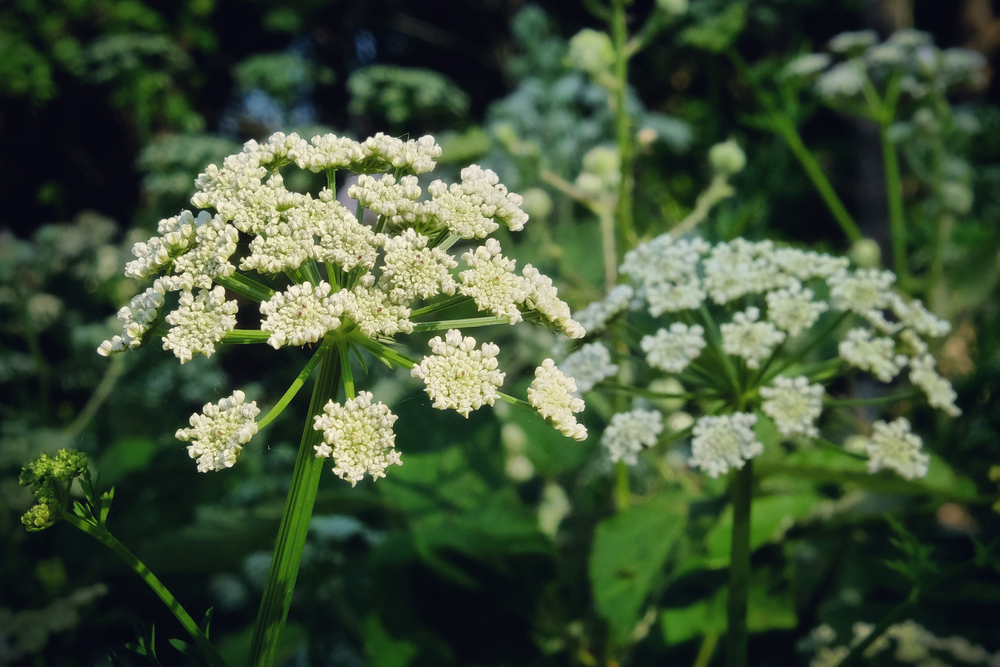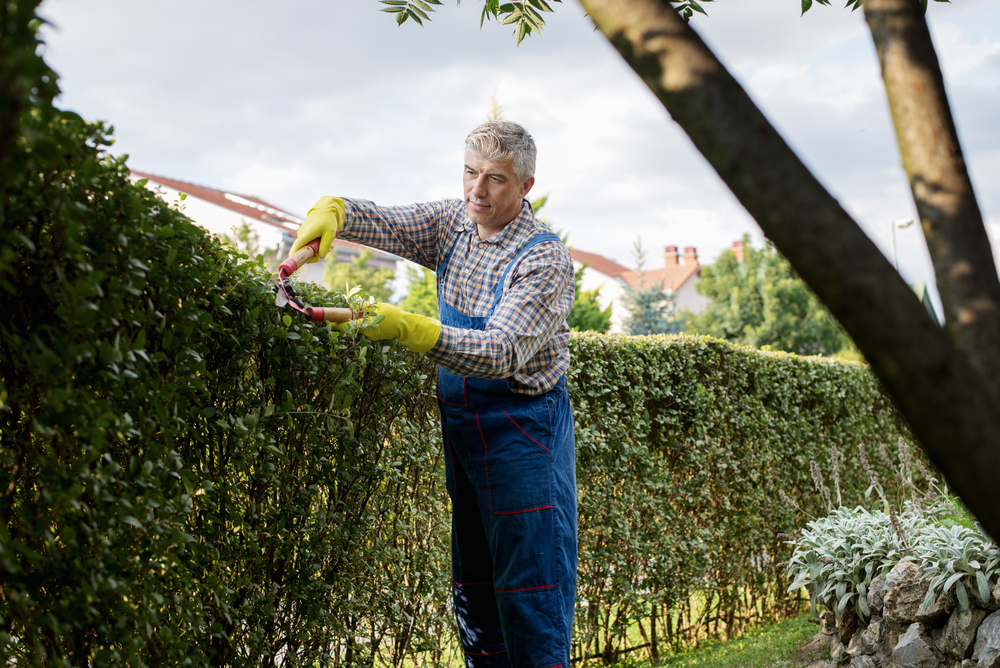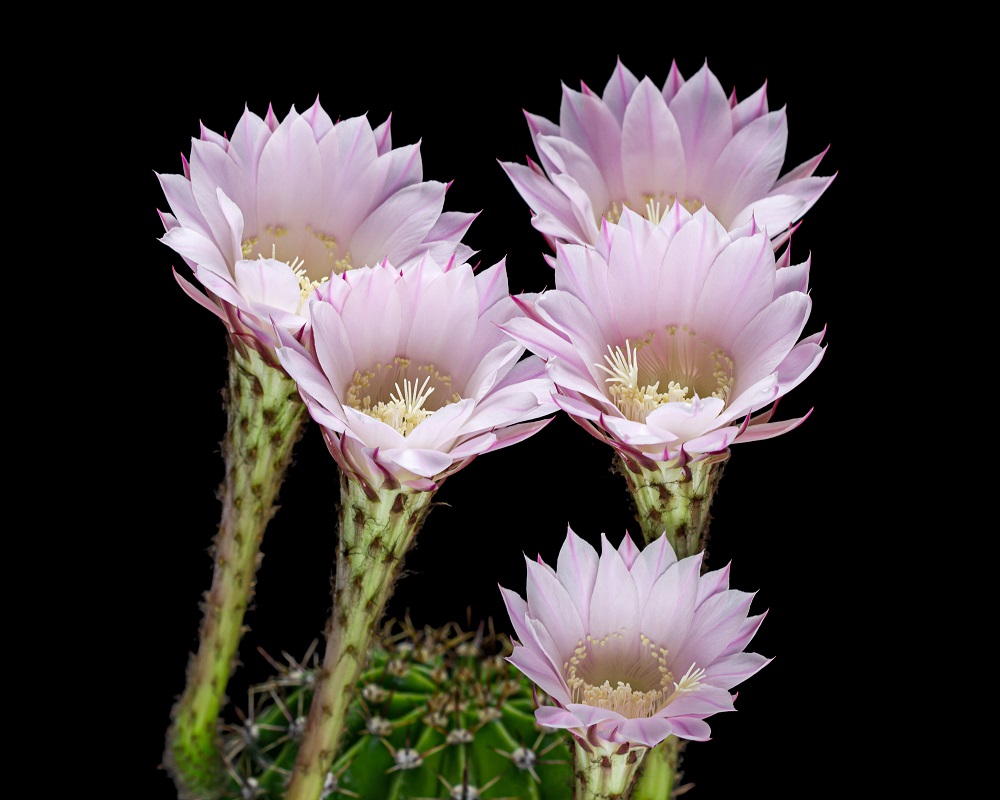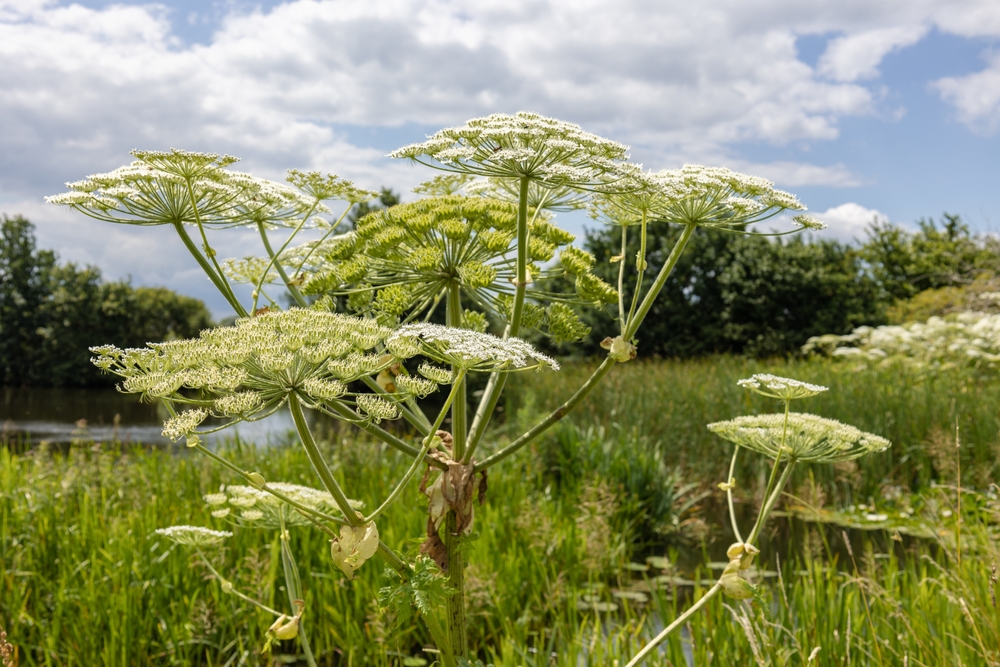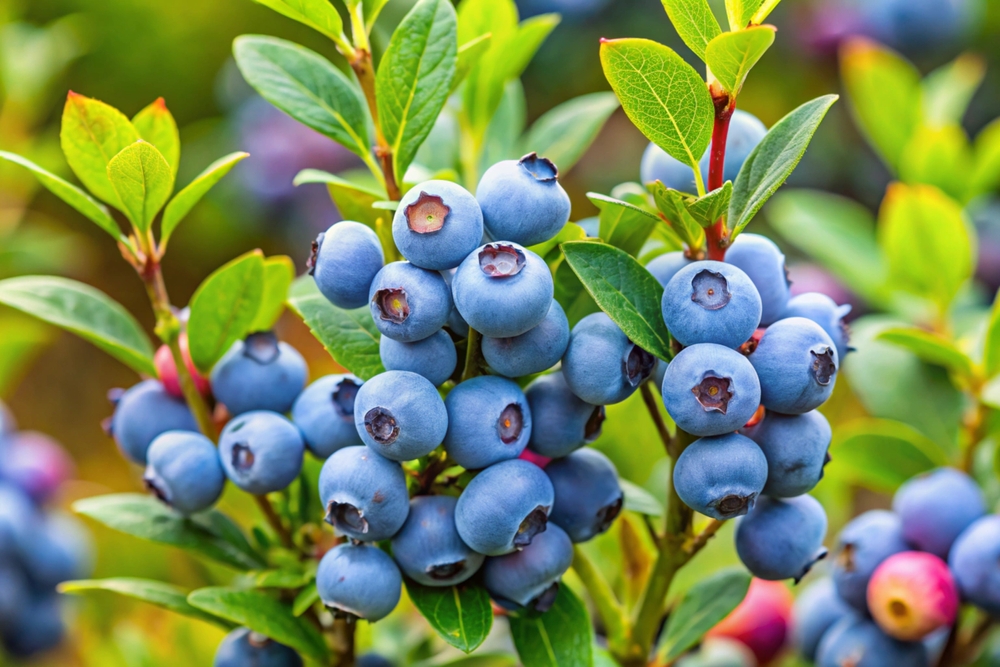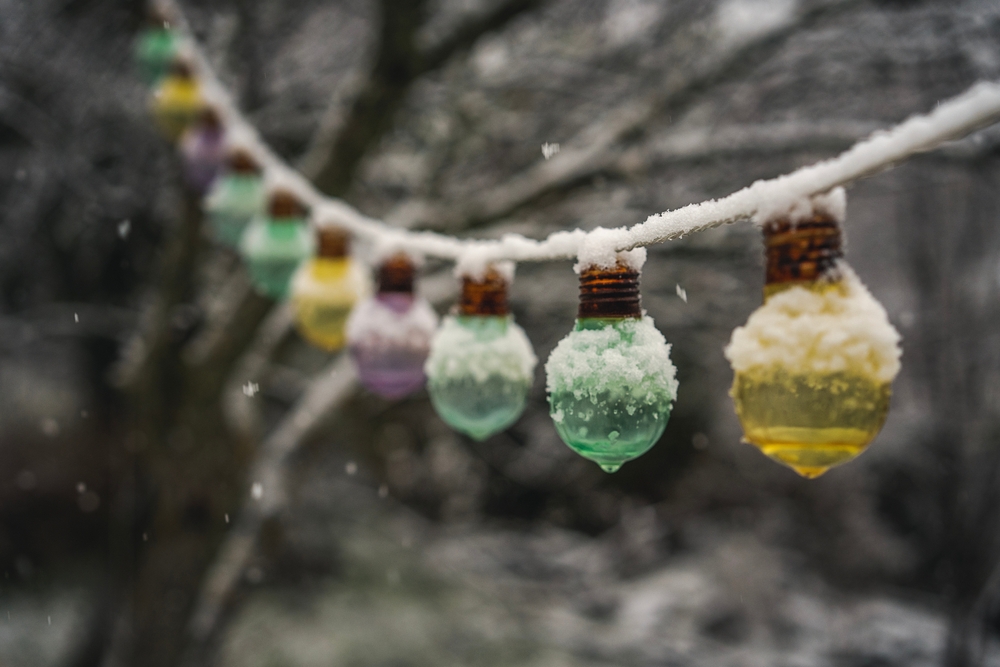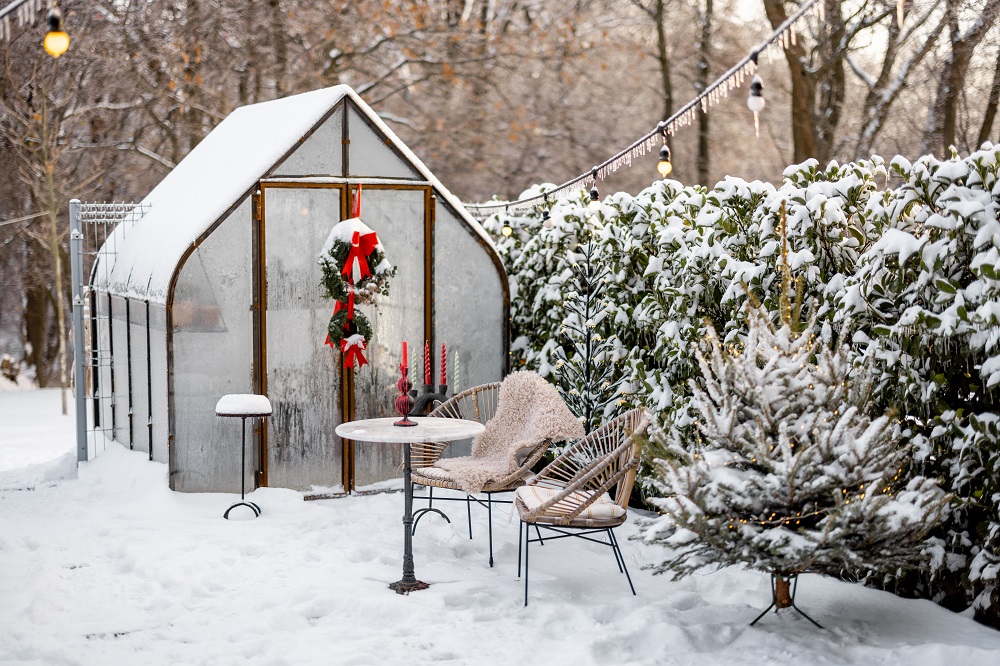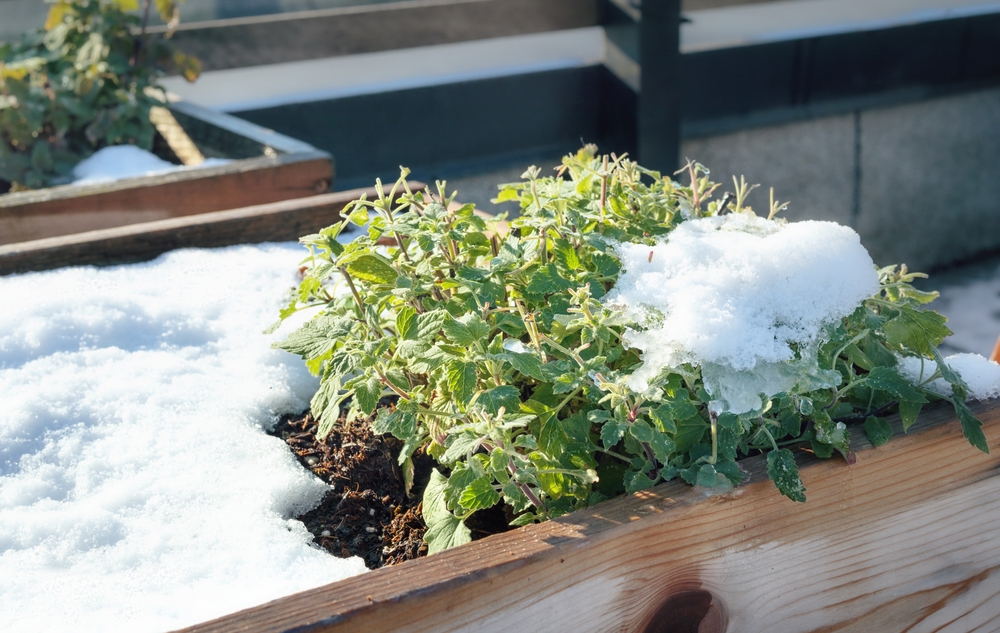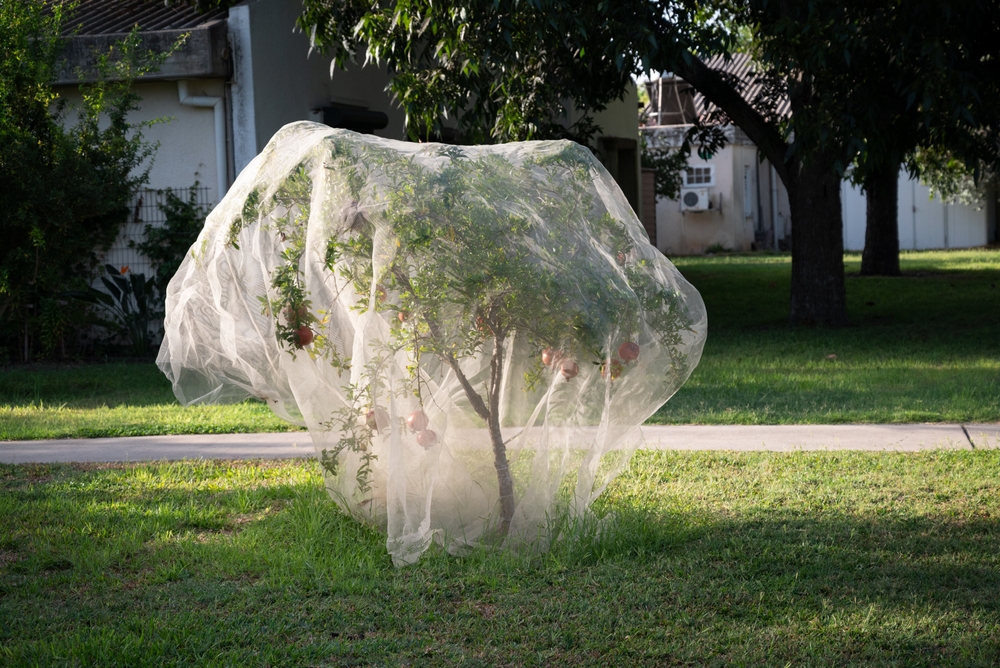Perennials have become very popular in landscaping, especially in the Northeast. They have an annual growth rate of 8–15%, and more and more varieties are introduced by producers. They are low-maintenance and don’t usually cause problems in the landscape. They foster resilience due to their diversity, which helps mitigate any risk of widespread disease outbreaks. That doesn’t mean that you need to keep it low, so it’s still important to address any issue if it arises.
There are more general diseases that can affect a broad range of hosts, but also specific ones that infect certain families. It’s crucial to know how to identify them, distinguish between diseases that are life-threatening or highly aesthetic, and implement the right control strategies.
If you’re looking for a way to recognize and manage diseases of the perennials, you will find the right guidance in this article. However, it’s impractical to try to have detailed knowledge of every specific disease, so you better try to approach it in a general manner and know about the key diseases that will enable you to make proper decisions to control most of the issues you encounter.
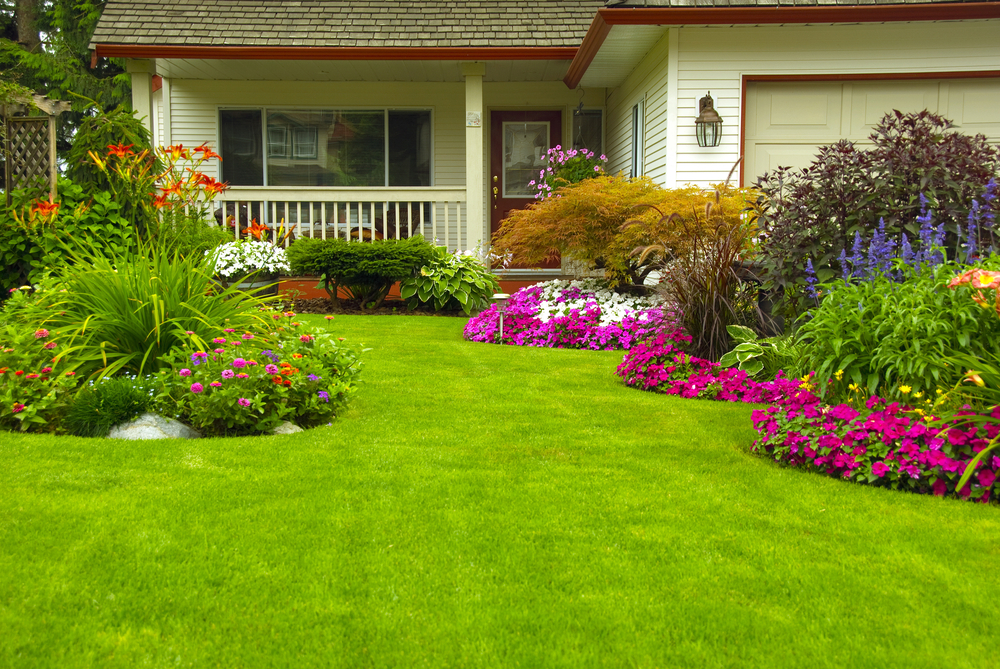
Prevention
To manage disease and keep healthy landscapes, the fundamental component is to use prevention, here are some key practices:
- You should opt for disease-resistant varieties that fit your climate conditions and soil. This is going to ensure the health of your plants, and they will be less likely to succumb to disease.
- Make sure the planting site is filled with well-draining soil and that you provide adequate sunlight and spacing for air circulation. This will prevent any fungal infections.
- Avoid wetting the foliage with overhead sprinklers, and water the plants at the base by using drip irrigation or soaker houses.
- When dealing with a diseased plant, remove and dispose of the material to prevent the spread of pathogens. After doing the job, clean the equipment and store it to avoid cross-contamination. You will need a gardening kit that includes the utensils you need when dealing with your plants. We suggest this one that you can order via Amazon, especially if you’re a beginner, because of its high quality and wide sphere of tools.
- You can use mulch to maintain soil moisture and regulate temperature. This also helps with weed competition, but you need to make sure the mulch doesn’t touch plant stems because it can lead to rot.
- Inspect your plants regularly, as early detection will be a real help in managing the issues before they become severe, and you can save your landscape quickly.
- Don’t exaggerate with fertilization because excessive nutrients will promote lush and disease-prone growth. It’s important to know the needs of your plants and use a balanced fertilizer.
Common diseases:
Being aware of common diseases and symptoms will be the key to taking fast action. There are some diseases to watch out for.
- Powdery Mildew appears in humid conditions, and it can affect a wide range of perennials. It manifests as white, powdery spots on stems and leaves.
- Rusts are fungal diseases that are host-specific, but they can become severe. They show up as yellow, orange, or brown pustules located on the underside of leaves.
- Leaf spots can be caused by fungi and bacteria, which appear as discoloration on the foliage. You should manage moisture and remove infected leaves to keep it under control and stop the spread.
- Root rot is caused by waterlogged soil that leads to wilting, unhealthy yellow leaves, and decayed roots. What you need to do is improve drainage and water your plants in moderate quantity, but more frequently, to prevent this disease.
- Gray mold appears in cool and damp conditions, and it’s causing grayish-brown fuzzy mold on leaves and flowers.
- Viral Diseases are caused by pathogens that can be difficult to detect or diagnose. You can see some distinctive symptoms such as mosaics, ring sport, mottles, or distorted growth habits that can develop on leaves or shoots. You may also notice more subtle signs, like stunting and poor vigor in your plant. The real issue is that virus infections are systemic which means that most of the time, once infected, there is not so much left to be done. Viruses can spread through propagation or by insect vectors and even if pesticides are ineffective in controlling the situation once the infection is installed, it may help with spreading the disease in the landscape. If you can’t save your plant, keep in mind to remove it as soon as possible to eliminate the pathogen sources.

Photo by Virrage Images from Shutterstock
Perennials are not plants that complete their life cycle in one annual cycle, and they will live for more than 2 years. They return year after year, and they bloom in a specific season. They have characteristics such as:
- Longevity: they live for many years, and some of the species can last for decades.
- Growth cycle: They grow and bloom in the same growing season; they die back to the ground in winter and come back from the same root in spring.
- Diversity comes in a variety of forms. They can be herbaceous, shrubs, or even in the form of small trees.
- Blooming time: They bloom at various times in the growing season, starting from spring to late fall, which offers a continuous display of flowers.
Why should you choose perennials?
Perennials are low-maintenance as one is established; they require less maintenance than annuals. They need less care and fewer essentials, such as water and fertilizers. They offer soil stability with their long-term roots, which help stabilize the soil and prevent erosion. A whole habitat for wildlife can be created as they attract pollinators such as bees and butterflies. Being cost-effective is another reason why you can opt for perennials to create your garden. Even if the initial investment can be higher, they don’t need to be replanted every year, which will save you money and time in the long term. Perennials have a high aesthetic appeal with their variety of heights, colors, and textures that will create a dynamic and visually appealing landscape.
The most popular perennials are:
- Daylilies (Hemerocallis): A category known for their brightness, flowers shaped as trumpets that bloom for one day. A garden with multiple daylilies will offer dynamism as they will bloom in different places the whole season.
- Hostas: They are amazing for places with shade where other plants wouldn’t survive, and they have great, lush foliage.
- Peonies (Paeonia) are famous for their fragrance which you can sense from a distance and their long lifespan, which will provide a long time of fairytale scents and beauty in your garden.
- Black-eyed Susans (Rudbeckia) are recognized for their dark centers with bright yellow petals.
- Lavender is another perennial that will offer fragrance, and it can give you natural aromatherapy in your own garden while pleasing your eyes with its purple flowers.
- Echinacea comes with medicinal properties, and if you’re interested in this topic, you will find multiple recipes that you can do at home when you have enough of their daisy-like beauty in your garden or when their season finishes.
- Sedum is a succulent that grows with no problem in poor soil and dry conditions.
- Astilbe is admired for its feathery-like flowers, and their beauty being able to live in moist, shady areas gives us the possibility to experience raising them in conditions where other flowers wouldn’t thrive.
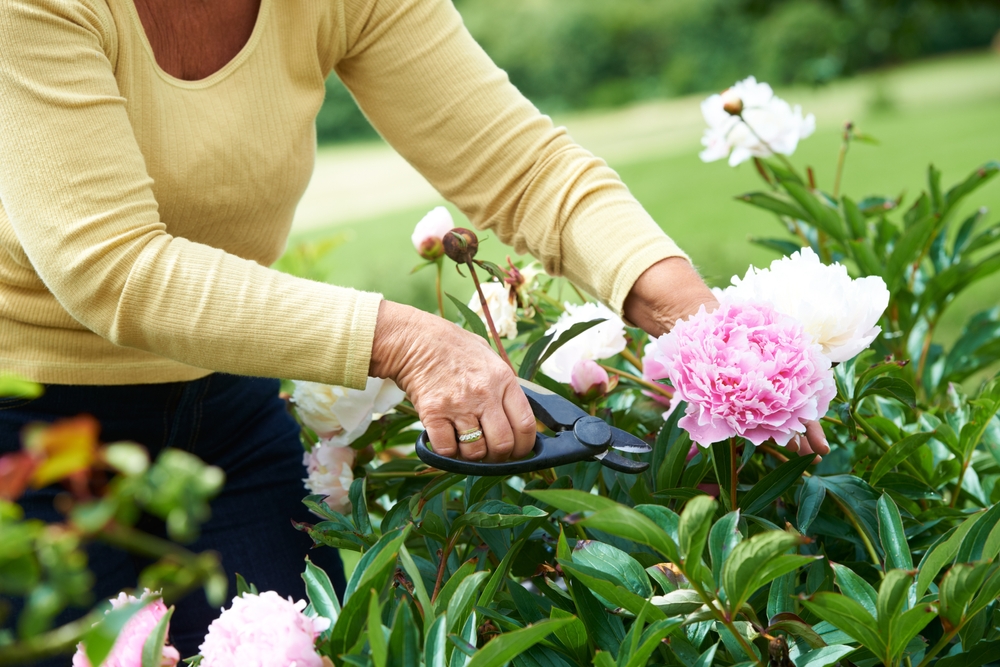
Photo by PeopleImages.com – Yuri A from Shutterstock
Perennials are great if what you want is a sustainable and beautiful garden. They offer longevity and a wide range of options that fit different landscapes and conditions, and they are preferred for their ease of care and effortless beauty.
If you liked our article, you can read next: 8 Stunning Low-Maintenance Shrubs You Can Plant and Forget About

